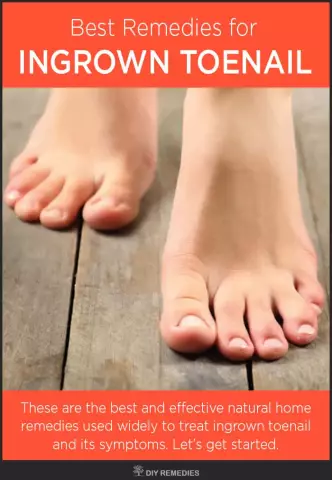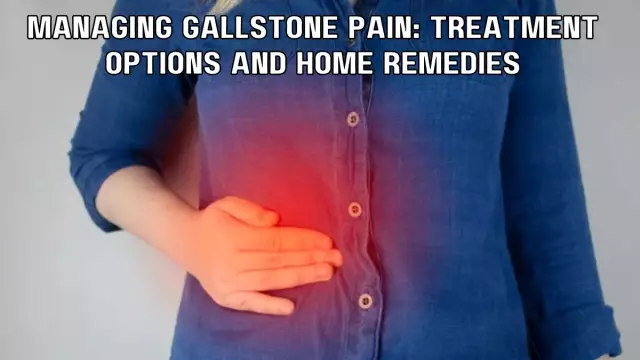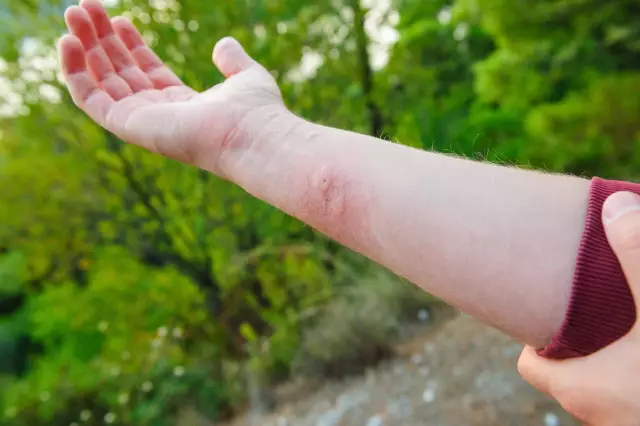- Author Rachel Wainwright [email protected].
- Public 2023-12-15 07:39.
- Last modified 2025-11-02 20:14.
Periodontal disease

Periodontal disease is a primary dystrophic disease of the teeth that affects the bone tissues of the jaw and periodontium, which leads to disorders in trophism (nutrition) of tissues, blood supply, mineral metabolism and cell regeneration. It should be noted that in most cases it is possible to treat periodontal disease at home, but in case of any complications, the patient will still have to consult a dentist, since the disease affects the entire jaw and can lead to serious consequences.
Many people confuse periodontal disease with periodontitis. In fact, these are completely different diseases that differ from each other both in the causes of occurrence and in the clinical picture. Periodontitis is localized in a limited area, and when periodontal disease is diagnosed, the symptoms are generalized, that is, they indicate an effect on the entire jaw at once. In addition, during periodontal disease, dental "pockets" do not appear and the mobility of the teeth is not lost (except for neglected cases). Diseases also differ in terms of spread. If periodontitis is detected in 80-90% of the inhabitants of the Earth, then periodontitis occurs much less often - in only 5-10% of the population.
Periodontal disease - causes of the disease
The reasons for the development of dystrophic changes in the teeth are not fully understood. As a rule, the occurrence of periodontal disease is associated with hereditary factors and diseases of internal organs (atherosclerosis, gastric ulcer, liver cirrhosis, diabetes mellitus), which affect the vital systems of the body. Also, the disease can be triggered by circulatory disorders in the area of the teeth and endocrine disorders.
Periodontal disease - symptoms of the disease
The clinical symptoms of the disease are mild. The disease develops slowly, does not cause pain and discomfort for a long time. For this reason, people go to the doctor only when they develop advanced periodontal disease (treatment of the disease, as a result, also begins in the later stages). In the early stages, the disease can only be detected with regular examinations by a dentist. The following symptoms serve as the basis for contacting the clinic:
- discoloration of the gums - with periodontal disease, they turn pale, but without any visible signs of inflammation;
- "Lengthening" of the tooth, that is, the gradual exposure of its neck, and then the root;
- wedge-shaped teeth defects, enamel erosion, tooth surface abrasion and other non-carious lesions.
The risk group includes people suffering from diseases of the cardiovascular system, endocrine and metabolic disorders, therefore visits to the dentist are mandatory for them. Note also that with the diagnosis of periodontal disease, treatment with folk remedies can only help in the early stages of the development of the disease. Therefore, in case of any unfavorable changes in the condition of the teeth, you must first consult with a specialist, and only then apply folk recipes.
As for the clinical picture. In the initial period, patients feel itchy gums and some hesitation when chewing food. There are practically no other pronounced symptoms of periodontal disease. As the inflammatory process develops, food becomes more frequent in the gaps between the teeth, there is a gradual exposure of the necks of the teeth and the formation of wedge-shaped defects. In the absence of treatment, periodontal disease enters the active stage, which entails an early loss of the bed of all teeth. Periodontal disease, the causes of which are associated with various diseases of internal organs, can enter the stage of stabilization, provided that the underlying disease is eliminated. In this state, it usually does not progress, but the patient may still show resorption of the sockets of individual teeth, due to complications of an inflammatory nature.
Periodontal disease - treatment and prevention of the disease

The method of treatment is selected based on the characteristics of the course of the disease and the general condition of the human body. Recommended for patients:
- measures to improve local blood supply (hydromassage, vacuum massage, darsonvalization);
- removal of hardened dental plaque;
- taking vitamin and mineral complexes and anabolic drugs (nerobol, pentoxil, methylupacil);
- psychotherapy;
- Spa treatment;
- a diet rich in calcium and vitamins.
Treatment of periodontal disease, started in the early stages, has a favorable prognosis. In its active form, the disease can lead to the loss of some teeth and other complications.
Prevention of periodontal disease consists in systematic dental care, periodic removal of tartar, proper nutrition and regular check-ups with the dentist.
Periodontal disease - treatment with folk remedies
Once again, we note that with the diagnosis of periodontal disease, folk remedies can help only at the very beginning of the development of the disease. This means that treating periodontal disease at home can temporarily relieve unpleasant symptoms, but not eliminate the cause of their occurrence. Thus, folk recipes are used as an adjunct to the traditional complex treatment of periodontal disease, but are by no means a complete replacement for it. Now let's go directly to the tested "grandmother's" means:
- every morning rub a mixture of honey and salt into your gums (10 grams of salt per 20 grams of honey);
- every 4-5 hours, rinse your mouth with propolis alcohol tincture (20 drops of tincture in a glass of boiled water);
- rinse your mouth with plantain infusion or use fresh herb to rub your gums;
- for loose and bleeding gums, a tincture of rose petals can help (thirty drops of medicine for 0.5 cups of warm boiled water);
- Soak a cotton swab in fir oil and apply it to itchy gums for 10-20 minutes. The procedure is performed twice a day for 10 days.
YouTube video related to the article:
The information is generalized and provided for informational purposes only. At the first sign of illness, see your doctor. Self-medication is hazardous to health!






